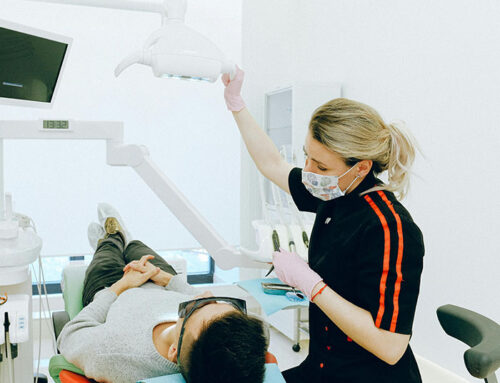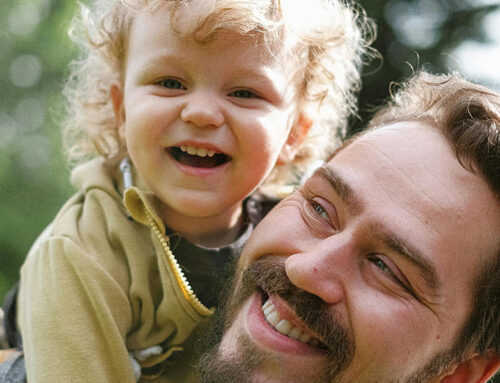
AS PARENTS, THERE ARE so many things we must teach our children so that they are ready to go out into the world as adults. One lesson we prioritize as dentists is teaching them how to floss properly. We’re happy to give parents everywhere our best tips on how to train a great flosser.
Why Make Flossing a Priority?
Even if it is already a challenge to get your child to brush their teeth, we strongly encourage adding daily flossing to the routine. While brushing can remove plaque and food particles from the surface of the teeth, flossing is the only way to remove plaque and debris from the places a toothbrush cannot reach, such as between the teeth and under the gumline. When plaque and debris are left to accumulate, they can lead to gum disease, cavities, and even tooth loss.
What Is the Right Age to Begin Flossing?
Children should start flossing as soon as two teeth touch each other, which is usually around age two or three. Until they have enough dexterity to floss for themselves, parents should be flossing their teeth for them each day, both to make it a routine and to give them an example of how to floss.
Tips for Parents
Teaching a small child how to floss is a very different task than flossing your own teeth, so here are a few tips to help you know where to start:
- Establish the routine early. Begin flossing their teeth while they’re toddlers so they will be used to it and possibly eager to take over their own flossing when they’re old enough.
- Explain the importance of flossing. A child is more likely to tolerate or even look forward to flossing if they understand how much it matters for keeping their smile healthy.
- Flossing is for big kids. Encourage them by explaining that big kids floss their teeth. They’ll want to prove their maturity by mastering this skill.
- Use flossers or floss picks if you need them to help make flossing easier.
The Steps of Flossing
When your child is ready to try flossing, follow these steps with them:
- Show them how to pull out the right amount of floss (about a foot and a half) and how to wrap it loosely around their middle fingers, with an inch or two of floss left in the middle to slip between the teeth.
- Show them how to curve the floss around each tooth in a C-shape and gently work down to the gums so the floss doesn’t snap their gums.
- Show them how to rotate the strand of floss so they’re always using clean floss between each pair of teeth. Using dirty floss only moves plaque around instead of getting rid of it!
We Are Happy to Demonstrate Great Flossing Technique
Children shouldn’t merely be learning to floss; they should be learning how to do it right. Talk to us about having a team member at our practice demonstrate how all of these tips we’ve discussed work in practice. We’re here to help you make flossing correctly a part of your child’s daily routine.













